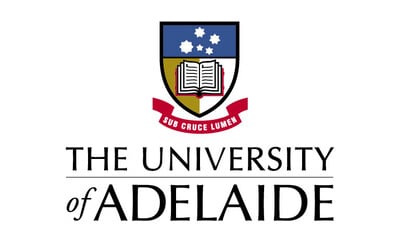Lumen Wirltuti:Warltati 2025 - Flipbook - Page 35

World’s oldest 3D map?
Green hydrogen urine
Researchers have discovered what may
be the world’s oldest three-dimensional
map, located within a quartzitic sandstone
megaclast in the Paris Basin. The Ségognole
3 rock shelter, known since the 1980s for its
artistic engravings of two horses in a latePalaeolithic style on either side of a female
pubic figuration, has now been revealed to
contain a miniature representation of the
surrounding landscape.
Two new energy-efficient and cost-effective
systems have been developed to use urea
found in urine and wastewater to generate
hydrogen.
“What we’ve described is not a map as we
understand it today,” explains Dr Anthony
Milnes from the University’s School of
Physics, Chemistry and Earth Sciences.
Typically, hydrogen is generated through
the use of electrolysis to split water into
oxygen and hydrogen. It is a promising
technology to help address the global
energy crisis, but the process is energy
intensive, which makes it cost-prohibitive
when compared to extracting hydrogen
from fossil fuels (grey hydrogen), itself an
undesirable process because of the carbon
emissions it generates.
In contrast to water, an electrolysis
system that generates hydrogen from urea
uses significantly less energy. “We need to
reduce the cost of making hydrogen, but in
a carbon-neutral way,” says University of
Adelaide team leader Professor Yao Zheng.
“We solved this by using a green source of
urea: human urine.”
“RATHER, IT IS A
THREE-DIMENSIONAL
MINIATURE DEPICTING
THE FUNCTIONING OF A
LANDSCAPE, WITH RUNOFF
FROM HIGHLANDS INTO
STREAMS AND RIVERS, THE
CONVERGENCE OF VALLEYS,
AND THE DOWNSTREAM
FORMATION OF LAKES
AND SWAMPS.”
Secret lives of penguins
Analysis of sedimentary ancient DNA
has illuminated 6,000 years of the lives of
Adélie penguin colonies on Antarctica’s
Ross Sea coast, showing how animals in
the region have responded to climate and
environmental change events over
millennia.
“Ancient sedimentary DNA recovered
from Adélie penguin colonies allowed us to
detect the presence of other local species
through time, including a range of birds,
seals and invertebrates,” says lead author
Dr Jamie Wood, a terrestrial ecologist
and ancient DNA specialist from the
University’s School of Biological Sciences,
and the Environment Institute.
Study co-author Dr Theresa Cole, notes:
“Looking at biological records that span
thousands of years gives us important
insights into how species respond to
environmental and climatic conditions
that may not have been experienced in
recent times. Understanding the resilience
of species to these natural environmental
and climatic perturbations gives us a better
ability to predict how they might respond
to future challenges.”
Testing lunar “Roo-ver”
Our University is a key partner in the
ELO2 Consortium’s project to build
Australia’s first lunar rover. The
University’s Extraterrestrial
Environmental Simulation (Exterres)
facilities will be used as the testing
grounds that will expose the “Roo-ver”
to a simulation of the harsh environment
of space.
The Exterres facilities, located on the
North Terrace and Roseworthy campuses,
provide crucial testing and evaluation
environments for the development of
technologies designed for off-Earth
operation. Researchers can develop and
test equipment in simulated lunar and
Martian surface conditions.
LUMEN
ONE OF THE MOST
ADVANCED SPACE
ROBOTICS PROJECTS IN
AUSTRALIA, THE SEMIAUTONOMOUS “ROO-VER”
WILL COLLECT AND
CHARACTERISE LUNAR
SOIL AND DELIVER KEY
CAPABILITIES THAT COULD
LEAD TO A SUSTAINABLE
HUMAN PRESENCE ON
THE MOON.